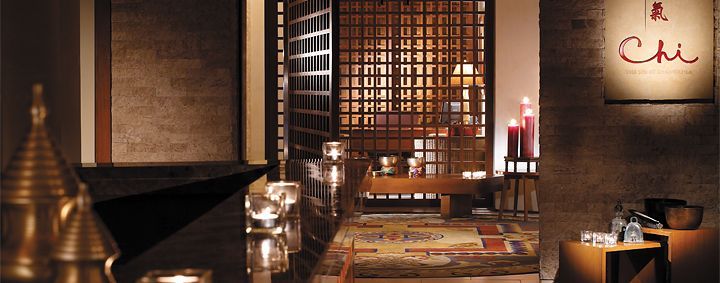#health #massage #Thai #energy #pain #stress
“A mix of deep pressure and assisted yoga, this modality can be very powerful“– Paul Ebeling
Thai massage is an ancient healing system. It combines traditional Indian Ayurvedic principles, acupressure, and assisted yoga stretches and postures.
Unlike many other forms of massage that use lotions and oils and muscles are rubbed by practitioners, Thai massage involves pulling, stretching, rocking, and compressing the body, which takes place on a mat or very firm mattress in a serene place.
The health benefits of Thai massage have been practiced and enjoyed for more than 2,000 yrs.
Instead of the relaxing gliding and kneading motions characteristic of more popular forms of massage, Thai massage employs stretching, pulling, and rocking techniques to relieve tension and enhance flexibility and range of motion.
The massage therapist uses her hands, knees, legs, and feet to move you into a series of yoga-like stretches and also applies deep muscle compression, joint mobilization, and acupressure.
Plus, Thai massage utilizes energy work, which, according to ancient Asian culture, treats the subtle energetic field within the body. It corrects blockages, deficiencies, and imbalances in the flow of this energy, which then is believed to improve the client’s health. Once I levitated during a session.
Massage of all types is often used to relieve stress and protect against stress-related health issues.
It is also said to boost energy and improve range of motion and flexibility. Thai massage, in particular, is said to benefit or ameliorate many different health problems. Specifically, it may:
- Relieve tension headaches
- Reduce types of back pain
- Relieve muscle pain and spasticity as well as joint stiffness and pain
- Increase flexibility and range of motion
- Stimulate circulation and lymphatic drainage
- Boost energy
- Calm the nervous system
Eat healthy, Be healthy, Live lively









